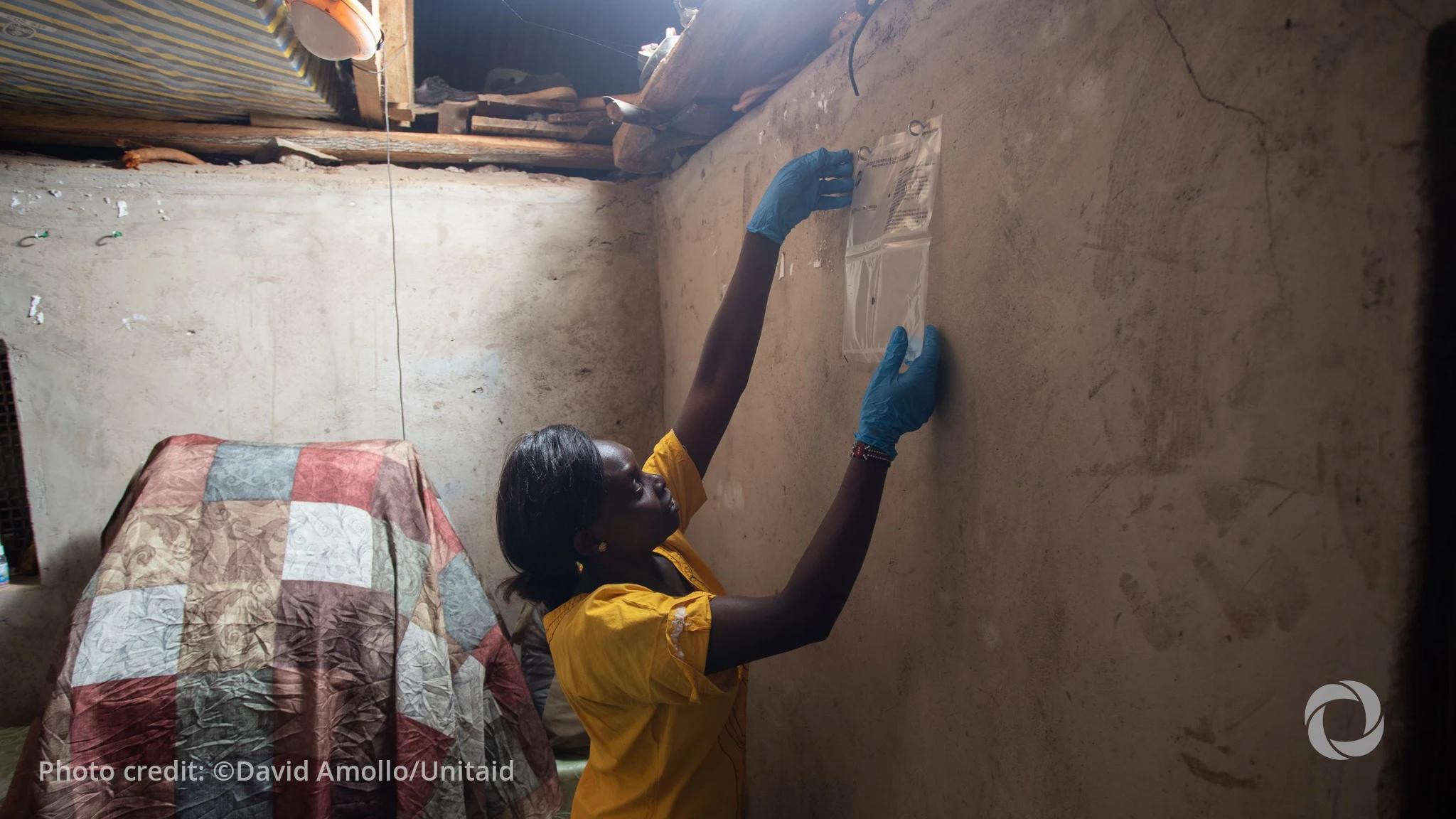The World Health Organization endorsed spatial repellents as the first new malaria vector control tool in decades, based on research funded by Unitaid that showed the devices reduce malaria cases by one-third when used with bed nets, according to a press-release by Unitaid. The small wall-mounted devices release chemicals that kill mosquitoes or prevent them from biting people. Unitaid announced $18 million in new funding to expand research on the technology, including testing whether it works as a standalone intervention.
Traditional malaria prevention tools like treated bed nets face growing challenges as mosquitoes develop resistance to insecticides and change their behavior due to climate change and urbanization. Progress against malaria has stalled, creating urgent need for new approaches to combat the disease that kills over 600,000 people annually.
The WHO gave conditional approval for spatial repellents to be used alongside insecticide-treated nets and prequalified two products from SC Johnson, enabling international agencies to purchase them for distribution. Evidence came from Unitaid’s AEGIS project led by Notre Dame University, which conducted trials in Kenya showing significant malaria reduction. Dr. Philippe Duneton, Unitaid’s executive director, called spatial repellents “the first new class of vector control intervention in decades.” The devices offer protection when people are not under nets and can be easily updated with different chemicals to stay ahead of mosquito resistance.
Unitaid’s new five-year CANVeCT project will be led by Cameroon’s Centre for Research in Infectious Diseases, working with Liverpool and London tropical medicine schools. The research will test effectiveness in humanitarian settings and determine if spatial repellents work alone, which matters as funding cuts make multiple interventions unaffordable for many countries.

